Choose well
Sheela Shukla, interior designer, reminds us that the workforce is composed of real people with diverse needs and designers must respond to their requirements.

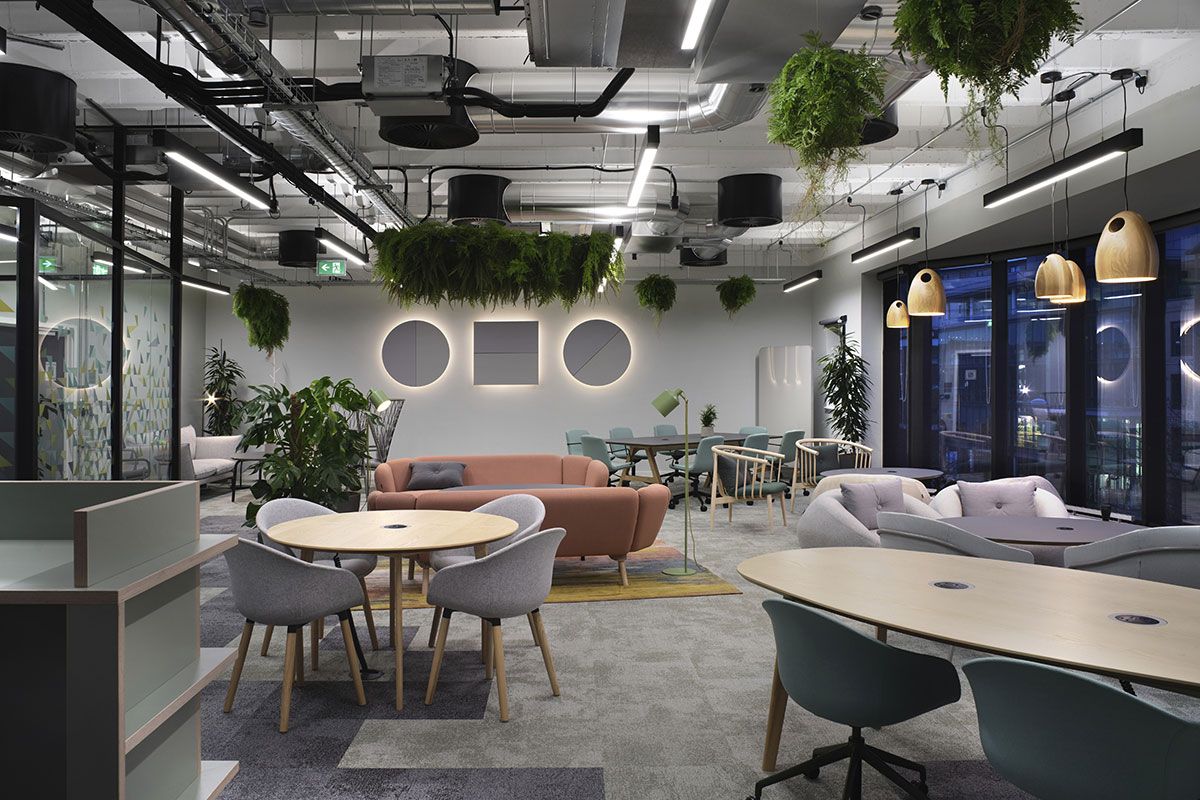
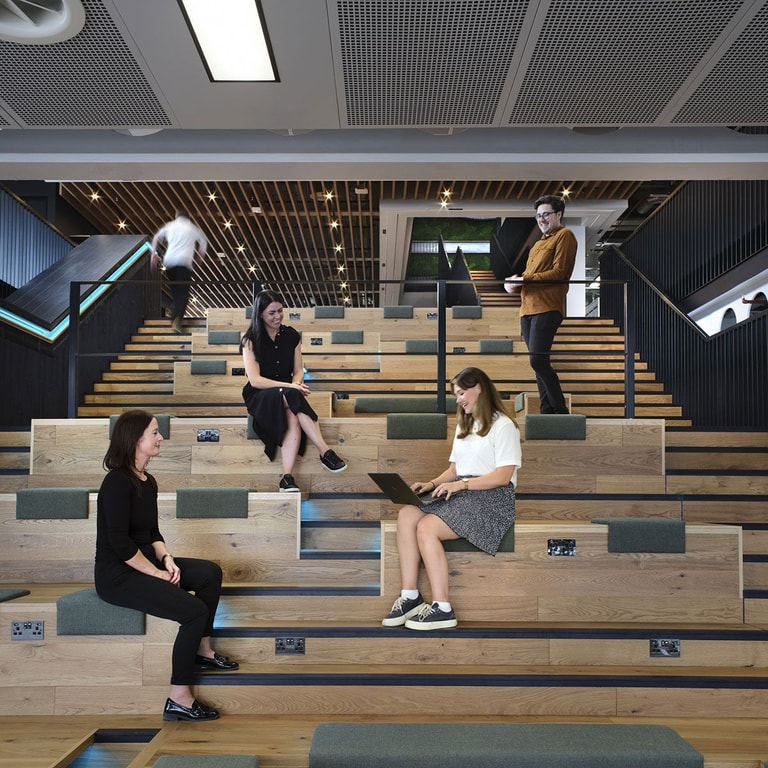
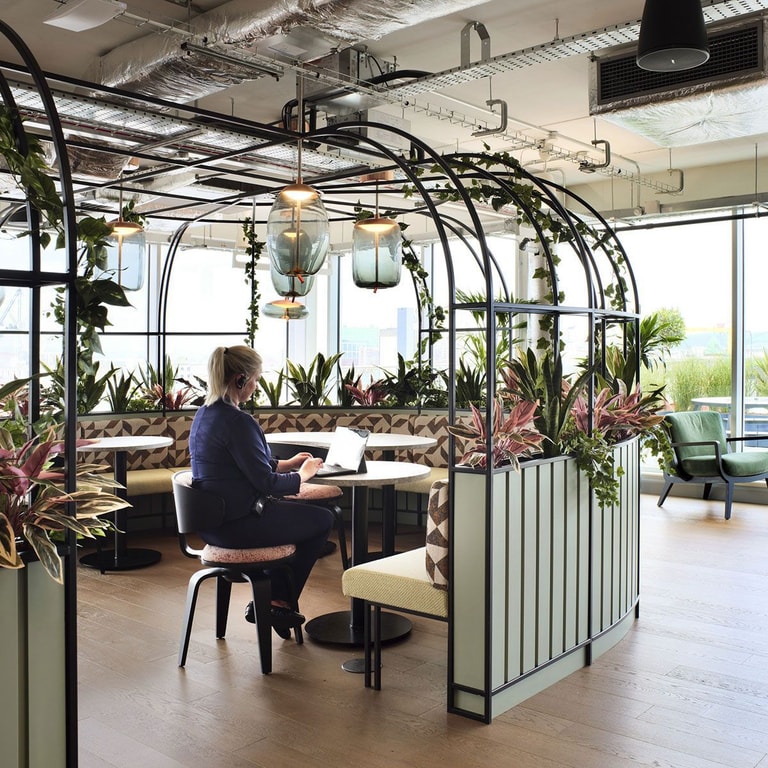
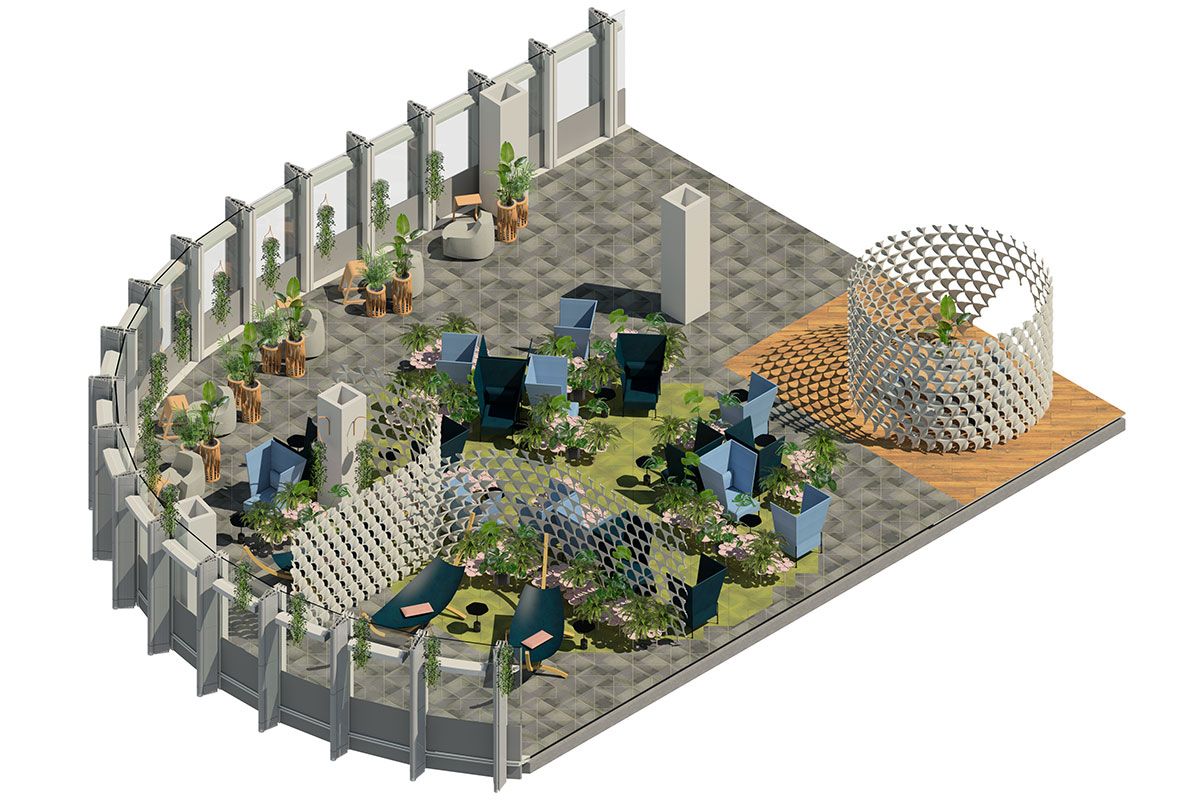
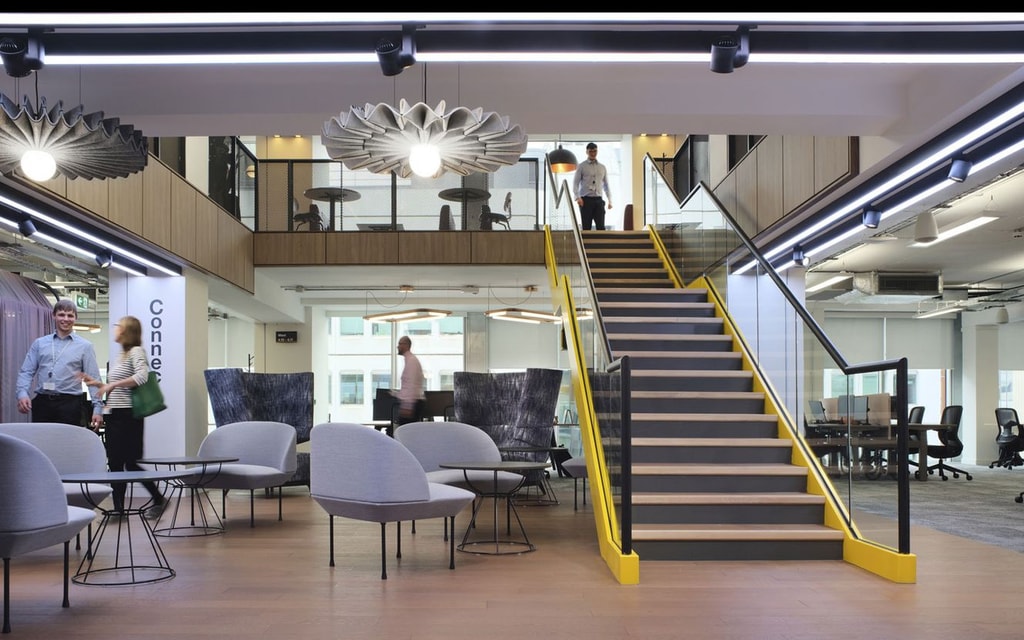
Employees the world over want flexibility at work to balance their physical and mental wellbeing and support healthier lifestyles. Post-Covid working conditions and safeguarding mental health are high on the agenda and flexibility that is required for both now means different things to different organisations. Employers are experiencing a shift in their thinking, recognising that ‘the workforce’ is composed of real people with diverse needs - so accommodating these requirements is no longer a trend, but a responsibility which employers and we, as designers, must see as fundamental for the new workplace. Every brief is different. We can bring findings from our work across multiple sectors, including education and healthcare, where issues like intuitive wayfinding, space for learning and collaboration and material selection have always put health and wellbeing first. All forms of flexible workspace need to be considered holistically and environmentally, with space, lighting, acoustics, air movement, integration of technology, thermal comfort and choice of ‘good’ materials all vital to the success of the space.
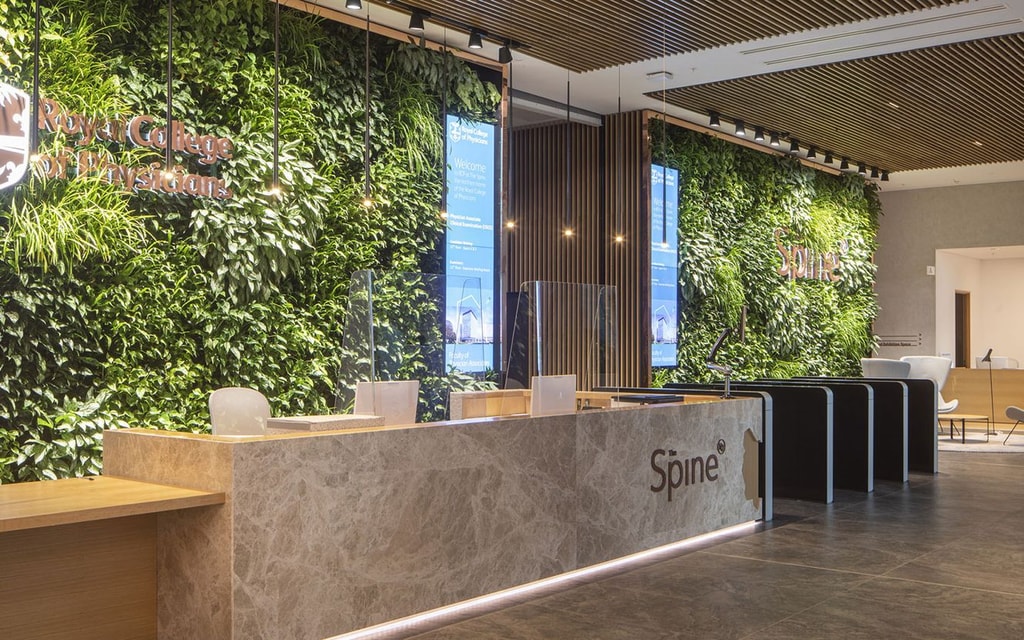
For example, biophilic design in offices is much talked about. We know it’s a good thing in supporting restorative environments, and is genuinely beneficial to mental health, but how do we promote and measure its effectiveness? The preconditions of the WELL Building Standard™ offer guidance on area and number of plants to improve the internal environments, and access to nature can be integrated in different ways. We consider indoor planting, calming colours, textures, shapes, forms, imagery, sounds, lighting, and views to external areas. There is also an opportunity to develop an ‘internal’ Urban Greening Factor, such as that in the London Plan, to evaluate and quantify the amount and quality of natural, healthy greening measures in offices.
Ultimately, we are designing for people, to go about the business of work - to concentrate, collaborate and perform. We debate the role of restorative facilities and policies to support employee wellbeing. We want to inspire our clients to be ambitious in making wellbeing a priority of any brief so that the design is meaningful, useful and considered. Healthy designs also need to be cost and space effective, whilst recognising the obvious link between a healthy thriving workforce and business success. Perhaps the newest trend in the healthy and supportive design is that of increased and real choice. Choosing where to work is an option that many more employees and employers now have for the first time and design concepts that truly support this are still in their infancy. Employees are asking to return to a dynamic environment where they can reconnect with their colleagues and be inspired - balanced with the choice to work from home for some of their time. We are still learning, and continually refine our approach to designing for hybrid working as it becomes the new norm.
To get the most beneficial results for our clients, we work closely with Human Space, a consultancy within BDP that specialises in a comprehensive approach to accessibility, wellness and inclusion to create safe, equitable and resilient built environments. Our collaborative efforts harness ideas about flexible design from around the world and bring a new level of research, data and understanding to our approach. We also continue to conduct pre-occupancy and post-occupancy surveys to identify best practice, to provide universally good design that is flexible and adaptable, supports the culture of the business and responds to the health and wellbeing needs of its people.